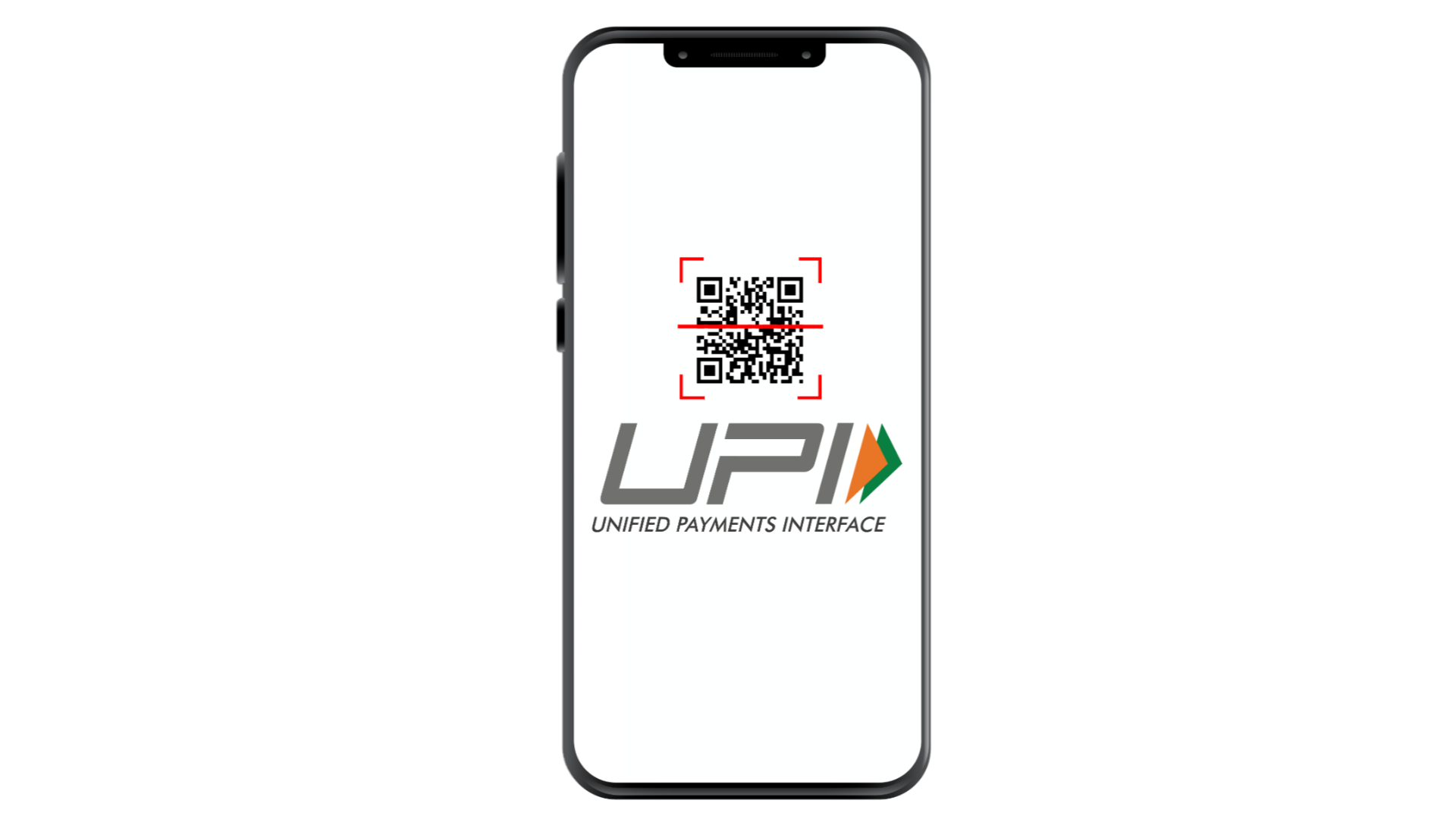Translate this article in your favourite launguage
Earlier, whenever people had to withdraw money, they could withdraw money from an ATM, the nearest e-Mitra, a bank, or through an online transaction only. In which people had to face a lot of problems because, for withdrawing money from e-Mitra, e-Mitra used to deduct some charge from the people.
People also had to face a lot of problems when withdrawing money from their bank because standing in line for a long time in the bank was the biggest problem. And on top of that, it takes a lot of time for the manager to fill the check in the bank.
But now you can easily withdraw cash without going to any ATM or bank—that too from your nearest ATM.
This time too, no change has been made in the repo rate or reverse repo rate in the bi-monthly monetary policy issued by the Reserve Bank of India (RBI). Like before, the repo rate remains at 4 percent and the reverse repo rate at 3.5 percent.
Along with the bimonthly monetary policy, the RBI has also made a big announcement about cardless payments. The RBI said that now people will be able to withdraw money from their nearest ATM even without an ATM card. In the order issued by the RBI, it has been said to provide the facility of cardless payment in all the banks of the country. However, it is not that this facility was not present earlier, because earlier this facility was limited to the ATMs of only a few banks.
According to the RBI, crores of customers in the country will benefit from the cardless withdrawal facility. RBI Governor Shaktikanta Das said that people will get this facility through UPI.
To withdraw cash from your nearest ATM without an ATM card and go to the bank, you will have to follow this process.
Step 4. After that, you have to enter the amount you want to withdraw. But keep in mind that currently the cash limit for cardless withdrawals is only Rs 5000.

It is being speculated that after some time, the amount fixed for cardless withdrawal will be increased. Because the cardless amount fixed by the RBI may pose problems for those who need to withdraw more than ₹ 5000.

























